Postoperative Management of Liver Transplant Patients
- Donor and operative considerations: In an era of major donor shortage, advancing the use of marginal livers is imperative. Extended criteria donors can be successful if careful management and operative skills are implemented.
- Cardiovascular hemodynamics in liver transplant recipients: Liver transplant patients’ cardiovascular needs can vastly differ from those of standard postoperative patients, and addressing differences can improve care.
- Intensive care unit (ICU) and transplant team communication: Create standardization between ICU and transplant team communication can lead to increased graft and patient survival, allowing for both teams’ expertise to be maximally used.

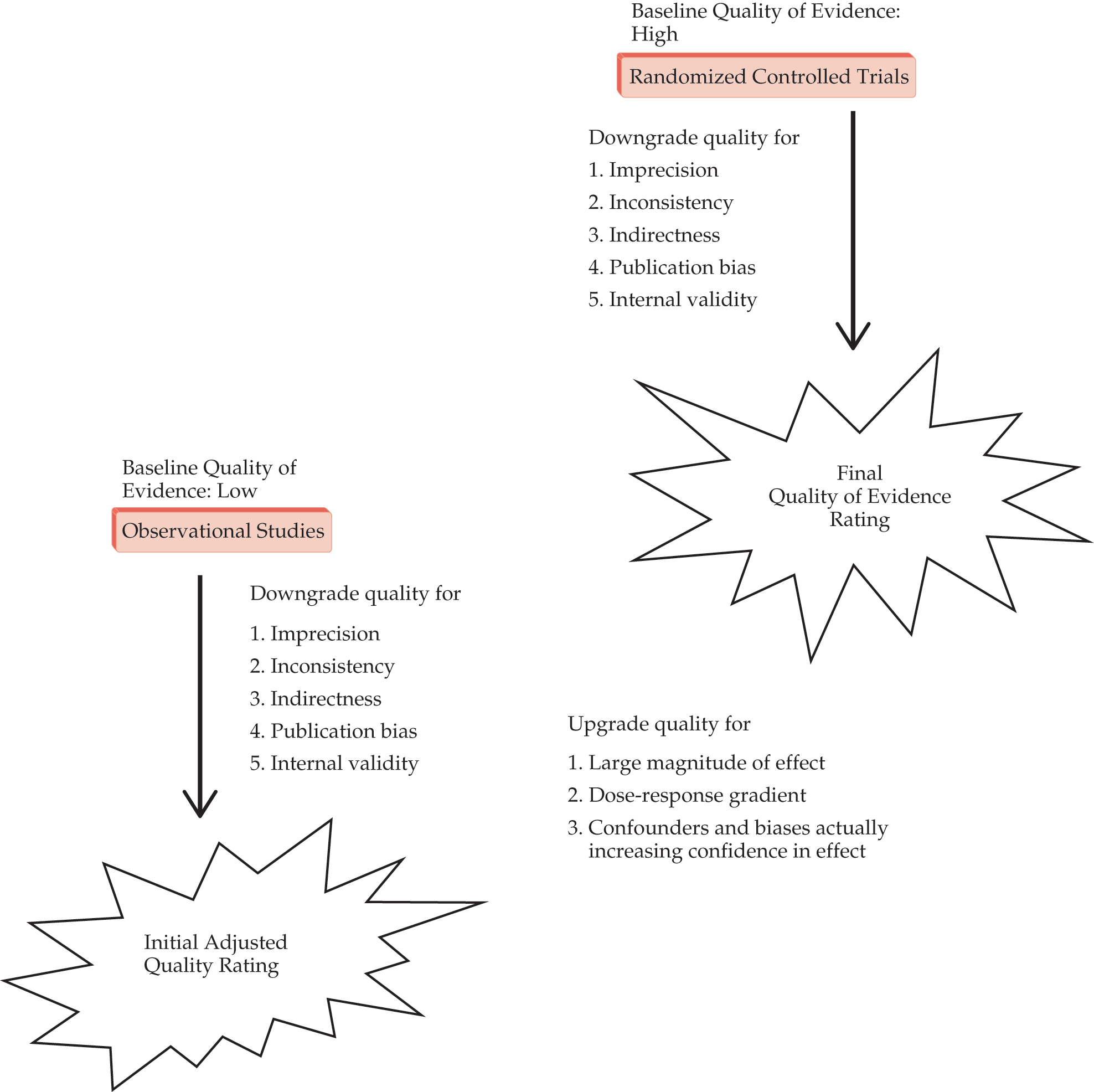
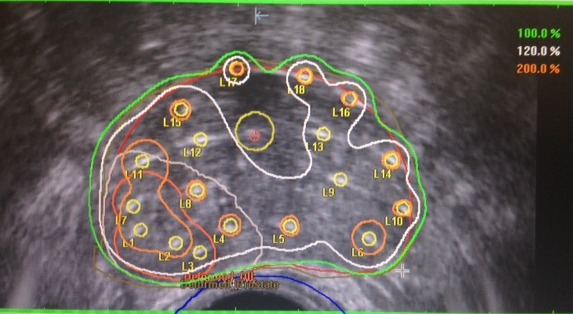
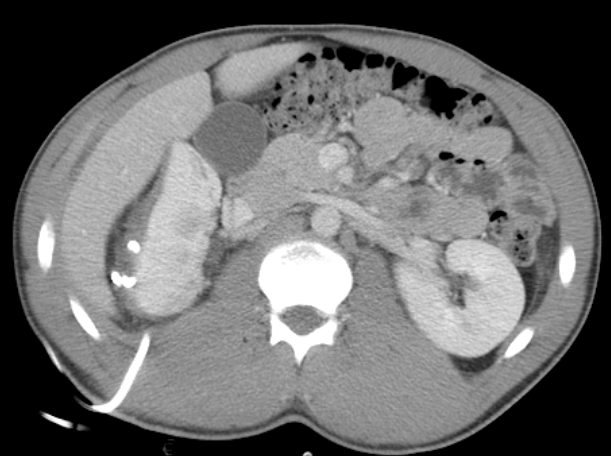
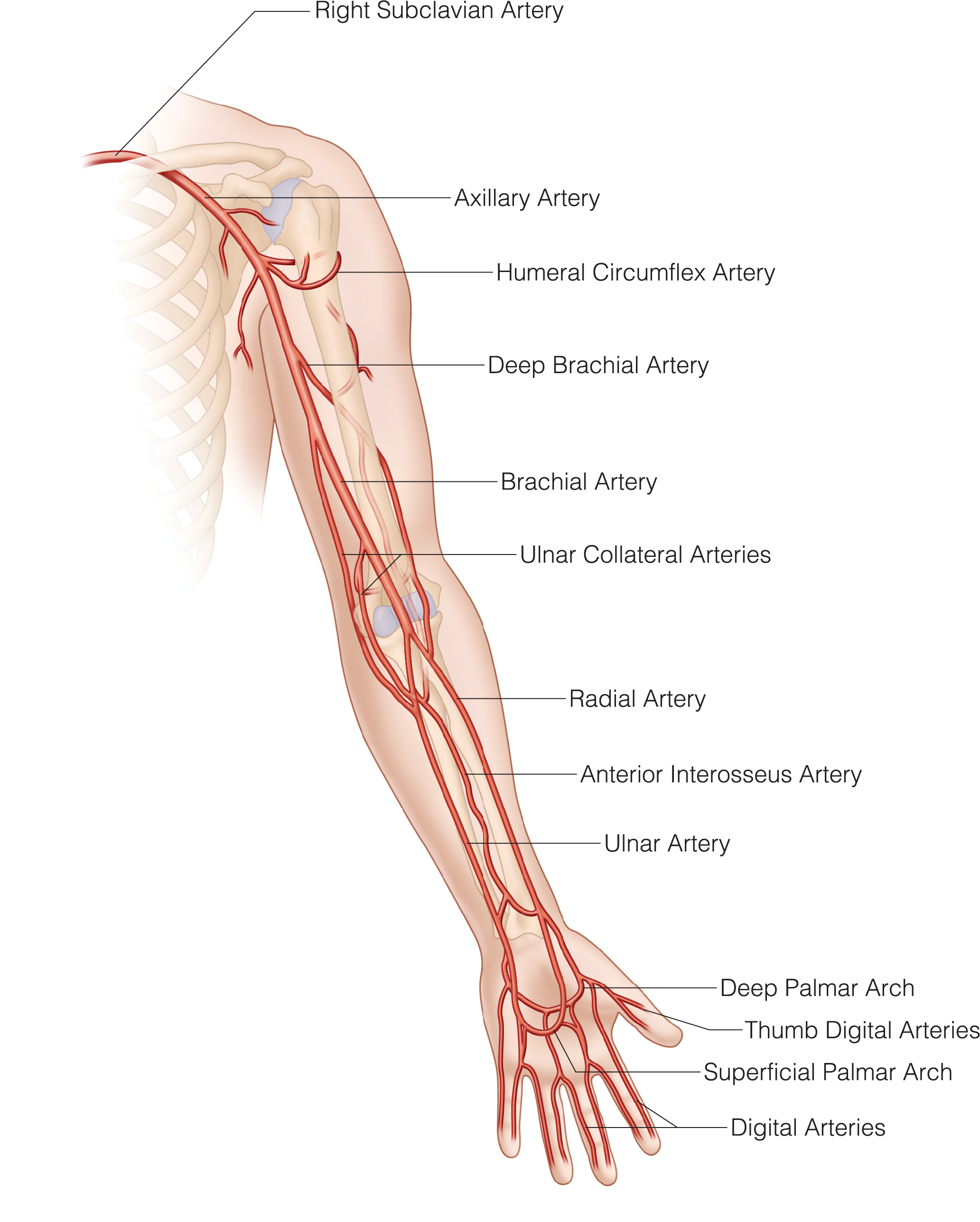
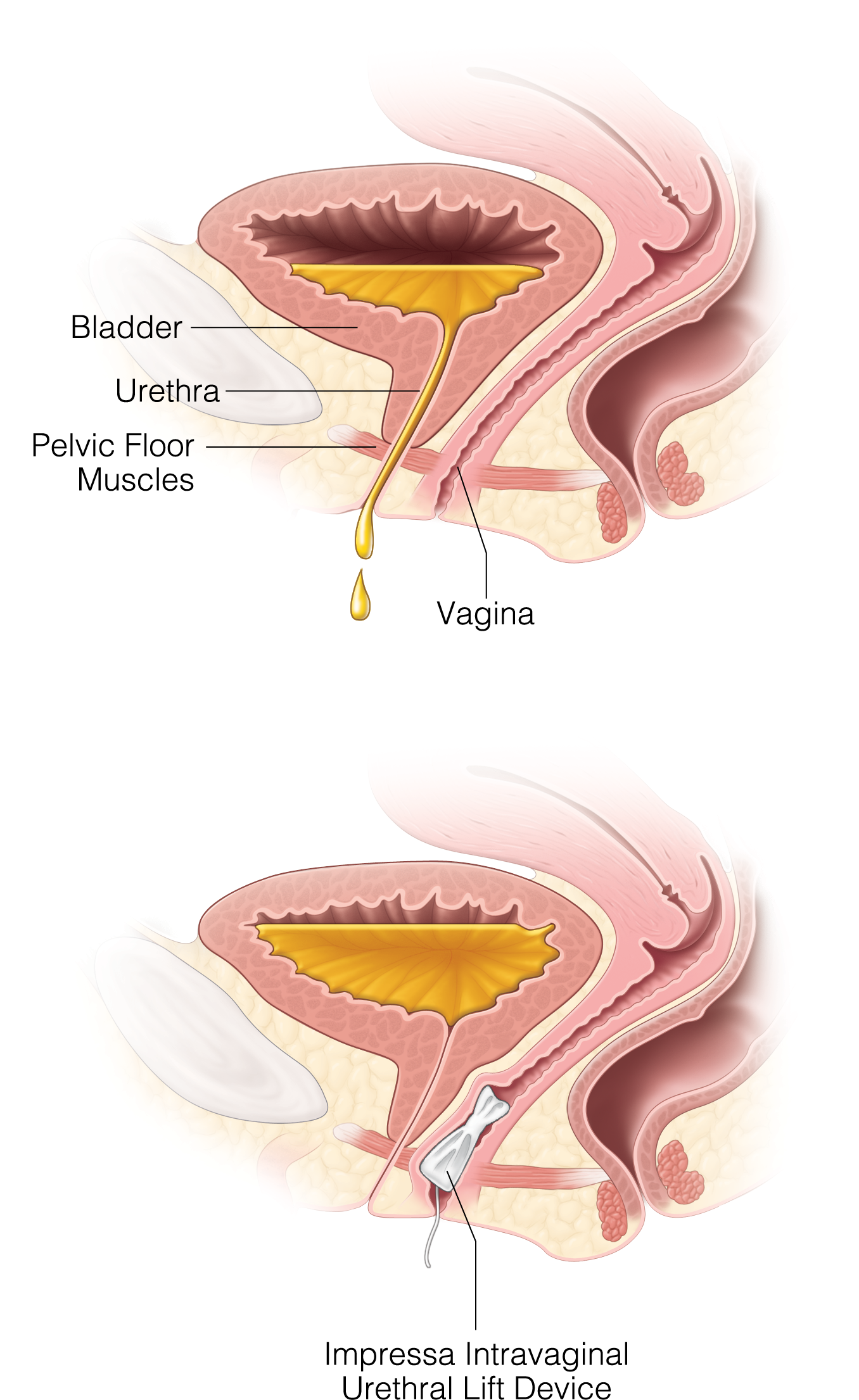




.png)







